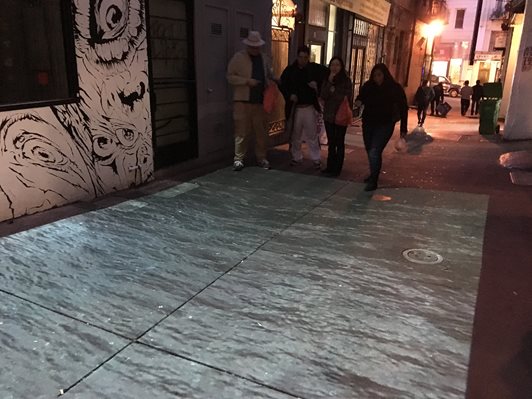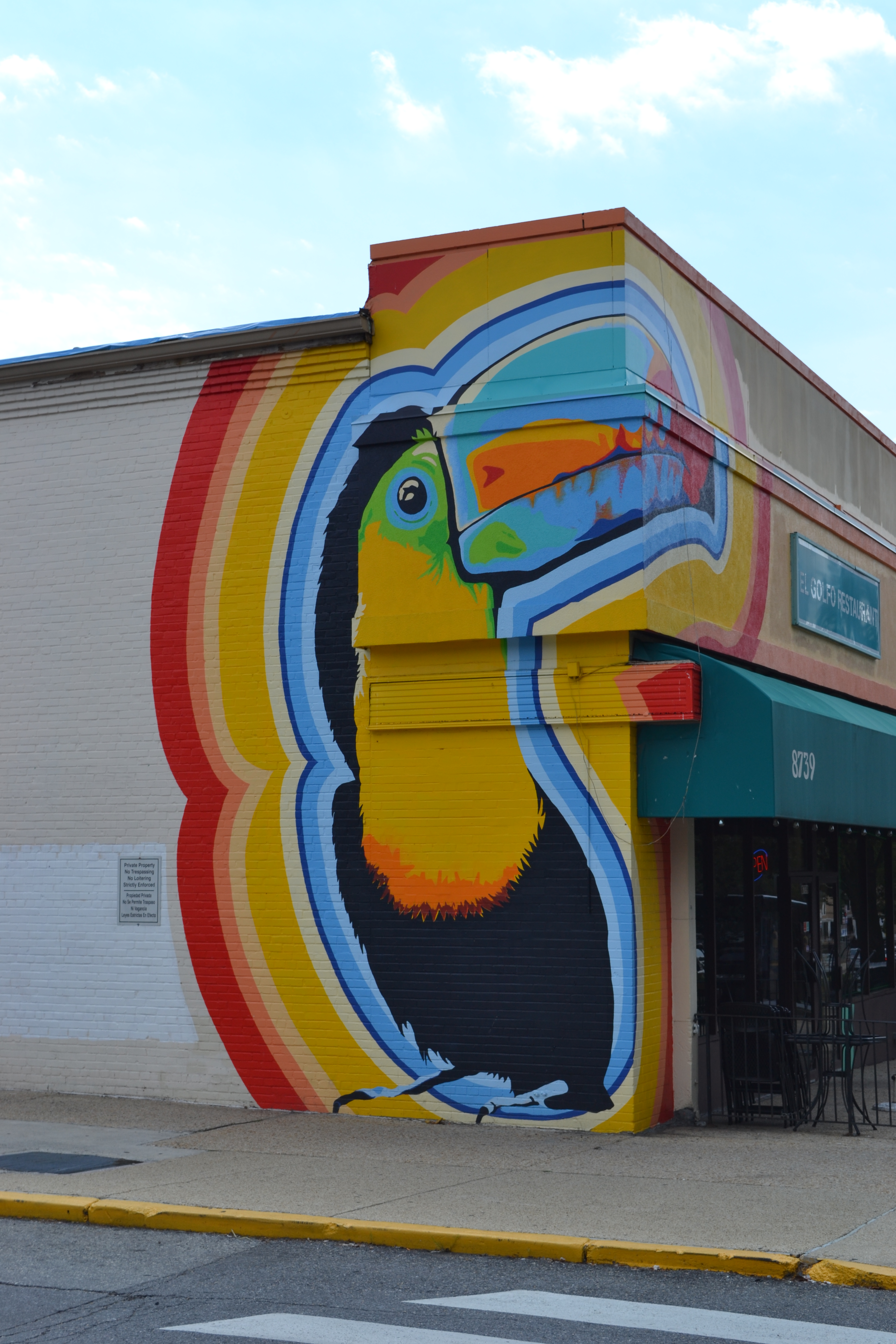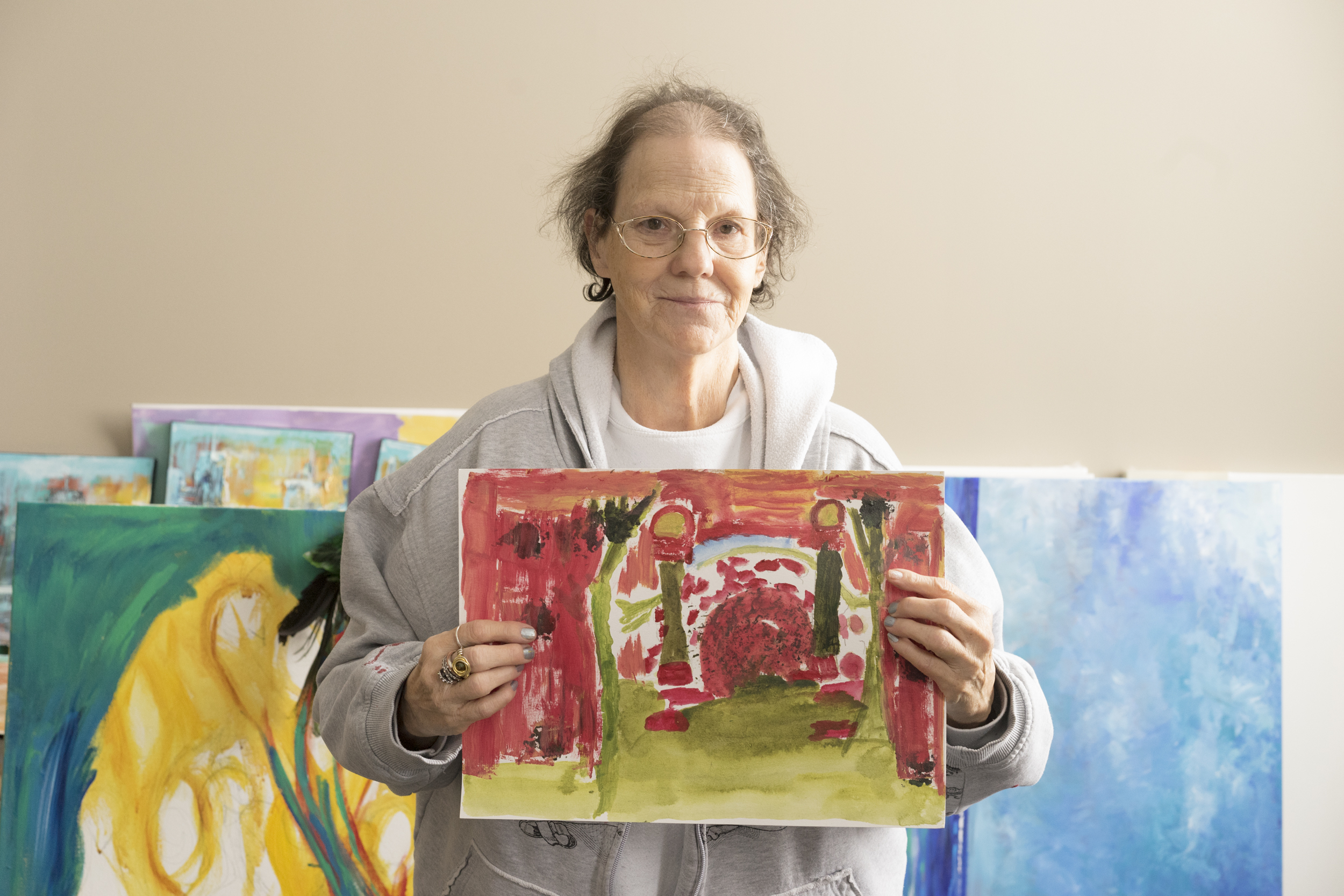San Francisco’s Chinatown faces a number of challenges, stemming back to its origins: Chinese immigrants to the city were often limited to living in the neighborhood due to discriminatory policies and practices, reinforced by a natural desire to seek out supportive environments. Over time, a strong sense of community developed. Today, however, residents face a constant threat of eviction and displacement due to San Francisco’s hot real estate market.
The mission of NeighborWorks member Chinatown Community Development Center (CCDC) is to help immigrant residents stay in their neighborhood, preserve the area’s unique culture, and foster engagement both with each other and the various parties that influence their future. It’s a tall order, and the nonprofit has found that one highly effective strategy is “creative community development.”
NeighborWorks America profiles CCDC’s work in a new report summarizing its findings from extensive research funded by The Kresge Foundation. It paves the way for the next phase of work, funded by continuing support from Kresge and two new partners: National Endowment for the Arts and ArtPlace America. The report defines creative community development this way:
…the use of art, culture and other expressions of creativity by collaborators such as residents, nonprofits and artists to facilitate positive social, physical and economic changes in their neighborhoods, towns, tribal lands or regions.
 Two projects through which CCDC has pursued illustrate the power of intentionally and strategically incorporating arts and culture into community development. One is “41 Ross,” an art gallery co-curated by CCDC and the Chinese Culture Center. One of its recent exhibits is an outdoor installation called “Liminal Space/Crossings.” Bay Area artist Summer Mei Ling Lee interviewed eight multigenerational families over the course of a year about their immigration experience, seeking to capture and honor their “lived experience” and bust common stereotypes. When visitors enter the alley-way installation, they see a flickering carpet of light, simulating ocean water. The light gradually darkens toward the center, recreating the feeling of the journey followed by many older immigrants from China, but also symbolizing the spiritual and emotional transition required. Residents feel pride and a sense of belonging when they see such artwork, inspired by and reflective of their identities, according to Maria Wang, the culture center’s program associate.
Two projects through which CCDC has pursued illustrate the power of intentionally and strategically incorporating arts and culture into community development. One is “41 Ross,” an art gallery co-curated by CCDC and the Chinese Culture Center. One of its recent exhibits is an outdoor installation called “Liminal Space/Crossings.” Bay Area artist Summer Mei Ling Lee interviewed eight multigenerational families over the course of a year about their immigration experience, seeking to capture and honor their “lived experience” and bust common stereotypes. When visitors enter the alley-way installation, they see a flickering carpet of light, simulating ocean water. The light gradually darkens toward the center, recreating the feeling of the journey followed by many older immigrants from China, but also symbolizing the spiritual and emotional transition required. Residents feel pride and a sense of belonging when they see such artwork, inspired by and reflective of their identities, according to Maria Wang, the culture center’s program associate.
Another venture designed to recognize the neighborhood’s unique experience is the “Coming Home Project,” which uses oral histories, photographs and video to document the transitions experienced by residents (mostly seniors and adults with disabilities) during a major renovation of a large housing complex, 990 Pacific. The renovation was necessitated when the San Francisco Housing Authority transferred to CCDC responsibility for four properties that had lacked services and proper maintenance for years. That meant temporary dislocation for the many tenants. To acknowledge the disruption and even embrace the experience, CCDC’s resident services coordinators worked with local artist Emma Marie Chiang to capture residents’ experiences in temporary housing and their eventual return to 990 Pacific. The resulting photo and video exhibit helped build community among an increasingly racially diverse group of tenants and “humanized” the relocation process. It also provided a creative way for resident services coordinators to build relationships with the tenants.
The bigger picture
NeighborWorks America has long been aware of the diversity of such arts- and culture-related initiatives and the impact they appear to be having. With the help of The Kresge Foundation, the organization is able to better understand how to assess their impact, the requirements for success and what support nonprofits need to effectively participate.The NeighborWorks Community Initiatives team spent a year, talking to network members, staff, partners, and experts in the field. The ultimate goal: Identify ways to leverage NeighborWorks’ strengths to support our network organizations and the broader field in the use of creative community development.

- Connect and engage people and organizations across differences and sectors.
- Amplify voices of residents that often are not heard.
- Facilitate imaginative problem solving.
- Beautify and animate public and private spaces.
- Rejuvenate infrastructure and streetscapes.
- Honor history and traditions.
- Revitalize neighborhoods.
- Promote economic growth.
“It’s important to emphasize, though, that to achieve these goals, our definition of ‘art’ and ‘artist’ must be broadened,” says Paul Singh, NeighborWorks’ acting vice president for community initiatives. “That means tapping into professional artists and art organizations, as well as what we call ‘culture bearers’: people of all backgrounds who engage in creative and cultural expression. And by ‘art,’ we don’t just mean the fine and performing arts but also the traditions, rituals and languages found in specific neighborhoods, towns, tribal lands, cities or regions.”
Challenges
So, what prevents nonprofits from better taking advantage of creativity-based strategies? NeighborWorks’ research identified several challenges upon which it will focus:- Documenting and articulating the value and impact of creative community development.
- Promoting the arts and artists through successful placemaking while avoiding gentrification-led displacement.
- Identifying suitable arts partners and developing shared expectations.
- Securing financial support.

This next phase of our creative community development work is made possible through generous support from The Kresge Foundation, the National Endowment for the Arts (NEA) and ArtPlace America.
Specifically, over the next two years, NeighborWorks will:
- Develop new training opportunities to help professionals in the field develop the core competencies they need. This partnership already has resulted in a new course to be offered at NeighborWorks’ National Training Institute in Pittsburgh in December, focusing on how partnerships with artists and culture bearers can help preserve affordable housing in innovative, effective and equitable ways.
- Research and either improve existing tools or develop new ones that can be used by nonprofits to evaluate the impact of arts- and culture-related activities. To guide us in this effort, NeighborWorks will form an advisory group of experts in community development, art and assessment.
- Encourage peer exchange by creating opportunities for networking and sharing of lessons learned/best practices. A main focus area for peer exchange will be the use of creative placekeeping to preserve culture and promote shared identity in areas experiencing gentrification. NeighborWorks will support a cohort of network members to build new partnerships and implement projects with local arts or arts-oriented organizations designed to produce results that can be shared with the broader field.
- Encourage an appreciation for creative expression among NeighborWorks America staff and embed creative practices into how we operate.
“We’re excited to work collaboratively to extend arts, culture and creative placemaking training, technical assistance and best practices to a broader audience,” says Singh. “This next phase will not only serve network members, but reach into the overall housing and community development fields.”

